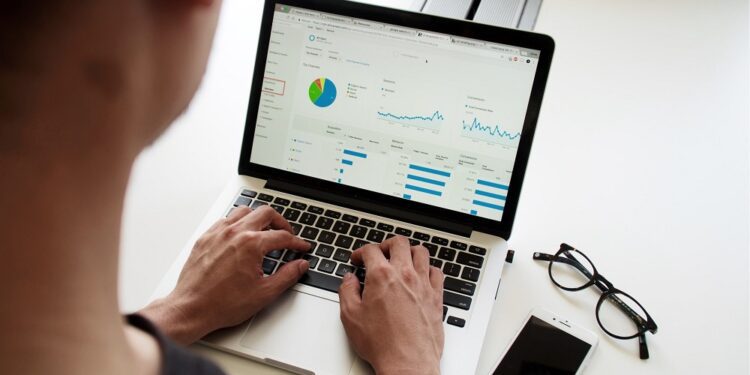Data-driven decision-making is the norm in every organization these days. While data usage has exponentially risen in companies, many teams struggle to capture their data’s full potential. Data analysis is impossible without the right data visualization tools and processes.
Unfortunately, roadblocks in data visualization are hampering insights. For instance, cluttered dashboards and a lack of data context are leading companies down the wrong path. Organizations spend significant resources comparing data storage infrastructure, such as evaluating Snowflake vs Redshift or assessing SAN disk storage space.
These are important choices. However, these choices must be backed by the right visualization processes that help companies leverage stored data.
Here are 3 data visualization best practices to help your teams squeeze the most out of your data.
Offer context
Gathering data is simple but presenting conclusions is challenging. One of the biggest challenges when presenting data is offering context. Many teams automatically send dashboards that attractively present data. However, dashboards don’t quantify business impact or drive change. They’re not agents of change.
For instance, a data science team might send a dashboard displaying trends in consumer purchases, broken down to product, season, and location. While these datasets are valuable, the dashboard doesn’t offer conclusions. What do these trends mean, and what can sales do about them? How must marketing change its approach in response to these trends?
Presenting data in context requires your teams to dive deeper into data and connect trends to business goals. To help your data analysis teams achieve this goal, you must communicate business goals. Let them know what your company’s biggest priorities are and frame all analysis in that context.
Thus, your analysts will know which trends to look for and will automatically ignore irrelevant data. For example, if you’re looking to boost product sales at a location, your analysts will save time by ignoring non-correlated product sales at that location. They’ll have more time to dive into trends that affect sales.
They might unearth another product that is correlated to the primary product and your merchandising team can create offers to cross-sell them. When speaking of context, take care to annotate data with notes regarding how it was collected.
For example, data gathered during peak sales season will differ from that collected during lean periods. Annotate data so that your analysts understand the context and draw better conclusions.
Keep audiences in mind
When creating data visualization reports, you must keep audiences in mind. Always remind yourself who will consume these reports and what language they speak. If you’re presenting a report to a team of data professionals, you can get away with using highly technical terms or backend variable names.
However, when presenting sales analysis to the CFO, you must translate trends into a language they understand. Many data teams fall short of this mark and instead present data in technical terms. Naturally, they fail to communicate insights.
Before creating a dashboard, ascertain who your audience is and what insights they’re seeking. A CEO will need different insights from the CFO, for instance. Create dashboards that are highly visual and differentiate data using color as much as possible.
When presenting insights, ask yourself what issues does your audience face, and what insights can you give them to solve these problems. Which metrics are best suited to present data appropriately? What decisions do you want your audience to take after presenting data?
It’s best to review the presentation or dashboard before sending it over. Fail to do this, and you might discover your audience reaching the wrong conclusion, nullifying your analysis.
Enforce data governance
Data democratization has helped companies draw insights from every employee. However, most employees are untrained in data analysis, and this situation creates issues. Your employees might draw the wrong conclusions from data, leading to data governance issues.
Your data governance policies must define who has access to your data and their permissions. For example, offering edit or admin access to employees untrained in data analysis is a bad idea. You can offer a range of templated reports to untrained employees to smooth any analysis pitfalls.
Data governance must extend to visualization and presentation as well. Create a set of best practice guidelines in the form of a Q&A to help untrained employees avoid analysis errors. For example, confusing measurement scales when plotting data on an axis is a common error. Thanks to powerful analytics packages, you can plot data along two Y axes, leading to potential data skewing.
Remind people of this error and help them validate their charts and visualizations. Restricting access to advanced analytics plotting features until a user completes a training course is also a good idea. This helps you control data access while offering analysis capabilities to everyone in the organization.
Rethink visualization
Data visualization is essential to data-driven decisions. Without the right visuals, you’ll struggle to extract maximum value from your data. Follow the best practices listed in this article to draw insights and democratize data analysis in your company.






